
RISING NEARLY 3,000 feet above sea level, Mount Gerizim overlooks the city of Nablus in the West Bank. For more than two millennia, the mountain has served as the holiest place of worship for the Samaritan people. In their telling, the Samaritans are descended from the original Israelites, who escaped from slavery in Egypt and wandered the desert for 40 years before entering the Promised Land. The Samaritan Pentateuch, which relates the same basic narrative as the first five books of the Hebrew Bible, identifies Mount Gerizim as the site where Abraham went to sacrifice his son Isaac and where Joshua took the Israelites to make their first sacrifices after they finally crossed the River Jordan into Israel. According to the Jewish version, these events took place at Mount Moriah, understood to be the future site of Jerusalem, and Mount Ebal, a higher peak across a narrow valley from Mount Gerizim. Rather than building a temple in Jerusalem, as the Jews did, Samaritan texts record that they were instructed by God to worship on Mount Gerizim.
Denne historien er fra September/October 2021-utgaven av Archaeology.
Start din 7-dagers gratis prøveperiode på Magzter GOLD for å få tilgang til tusenvis av utvalgte premiumhistorier og 9000+ magasiner og aviser.
Allerede abonnent ? Logg på
Denne historien er fra September/October 2021-utgaven av Archaeology.
Start din 7-dagers gratis prøveperiode på Magzter GOLD for å få tilgang til tusenvis av utvalgte premiumhistorier og 9000+ magasiner og aviser.
Allerede abonnent? Logg på
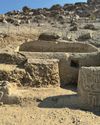
ORIGINS OF PERUVIAN RELIGION
While investigating looters' holes at the site of La Otra Banda in northern Peru's Zaña Valley, archaeologist Luis A. Muro Ynoñán of the Field Museum and the Pontifical Catholic University of Peru spotted carved blocks around seven feet below the surface.
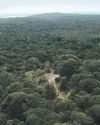
ISLAND OF FREEDOM
Many of the enslaved Africans sent to Brazil beginning in 1549 were from what is now Angola, where one of the most widely spoken languages was Kimbundu.
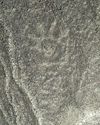
NAZCA GHOST GLYPHS
From the 1940s to the early 2000s, geoglyphs were discovered in the Nazca Desert of southern Peru depicting animals, humans, and other figures at the rate of 1.5 per year.

COLONIAL COMPANIONS
The ancestry of dogs in seventeenth-century Jamestown offers a window into social dynamics between Indigenous people and early colonists.
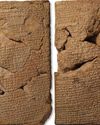
BAD MOON RISING
The British Museum houses around 130,000 clay tablets from ancient Mesopotamia written in cuneiform script between 3200 B.C. and the first century A.D.
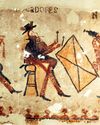
DANCING DAYS OF THE MAYA
In the mountains of Guatemala, murals depict elaborate performances combining Catholic and Indigenous traditions
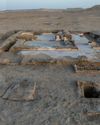
LOST GREEK TRAGEDIES REVIVED
How a scholar discovered passages from a great Athenian playwright on a discarded papyrus

Medieval England's Coveted Cargo
Archaeologists dive on a ship laden with marble bound for the kingdom's grandest cathedrals
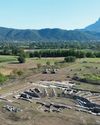
Unearthing a Forgotten Roman Town
A stretch of Italian farmland concealed one of the small cities that powered the empire
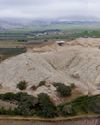
TOP 10 DISCOVERIES OF 2024
ARCHAEOLOGY magazine reveals the year's most exciting finds